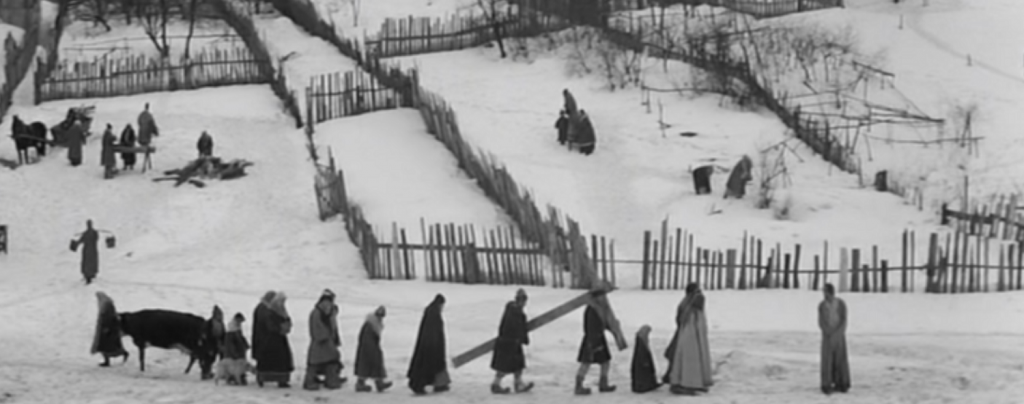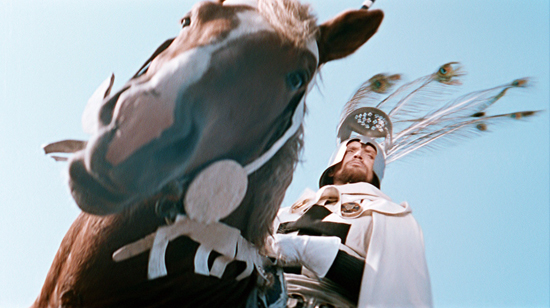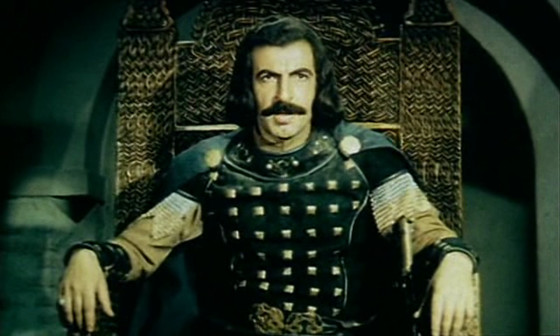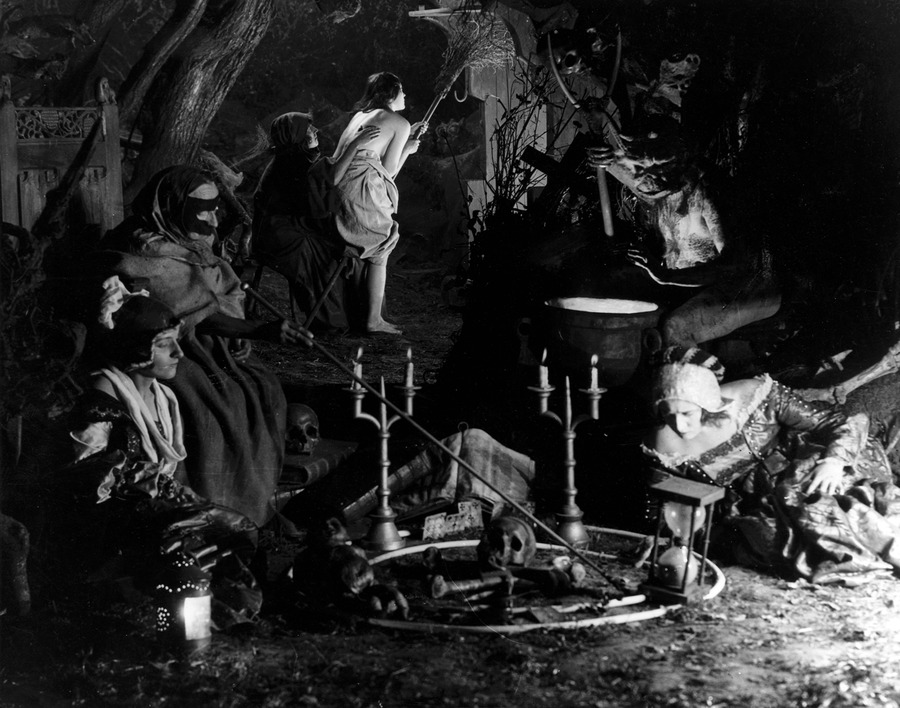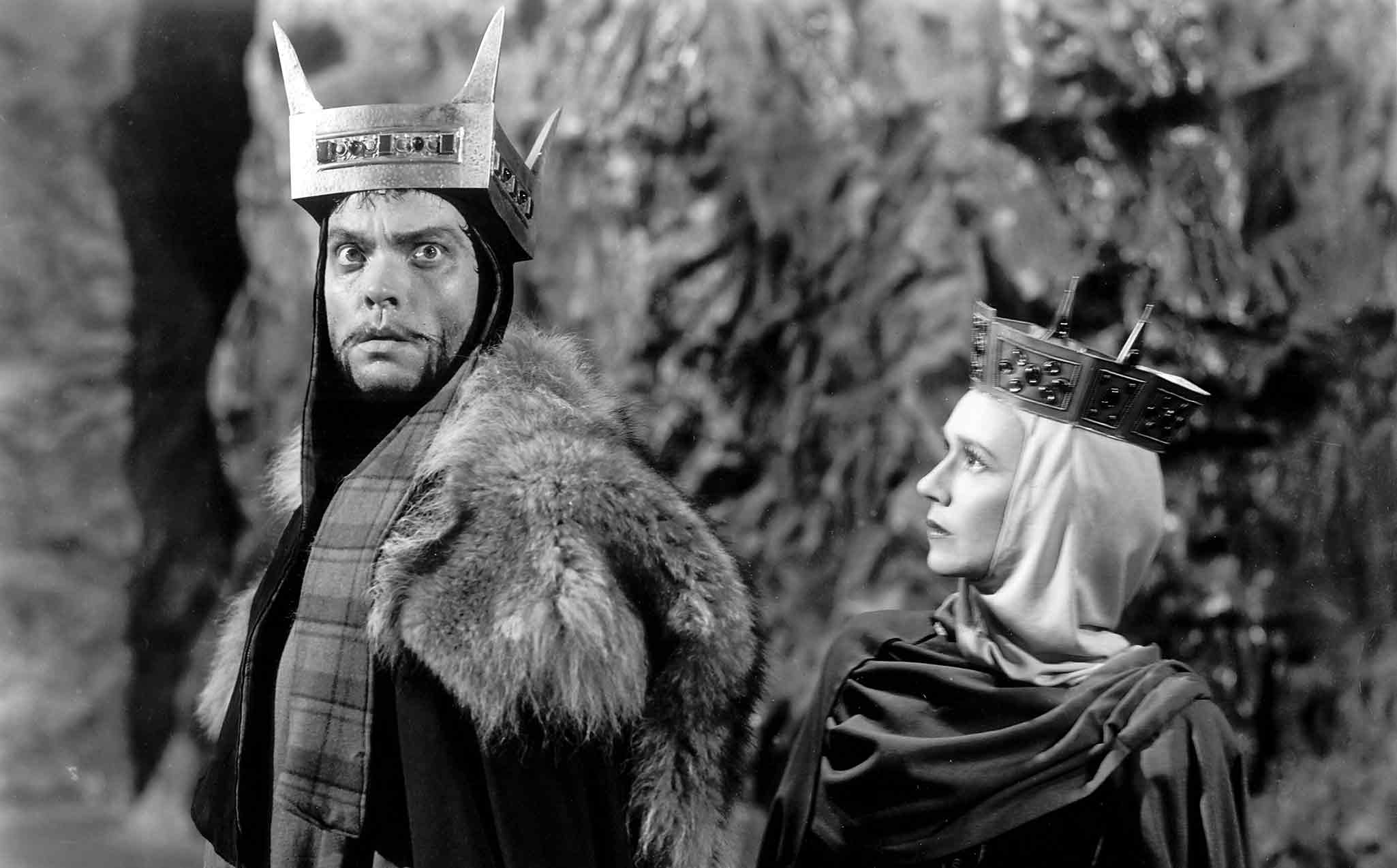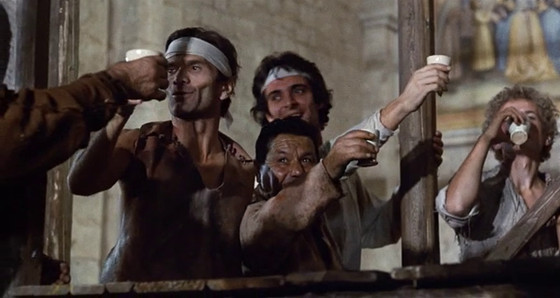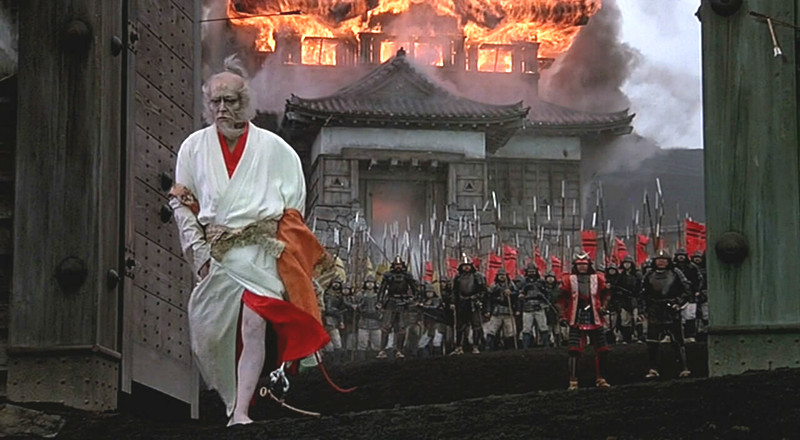The past may well be a foreign country, but in a world still plagued by political and ideological conflict, Holy Wars in the Middle East, and the threat of a worldwide disease pandemic, the Middle Ages is not so removed from our modern times as you might suppose.
The epoch has always seemed remote, however, not only temporally speaking, but psychologically and spiritually. That exotic, even alien, quality is partly what draws filmmakers to the medieval period, but there are many other reasons why they might choose the age as a vehicle for their particular stories and thematic concerns.
Some come from a propagandistic angle, evoking a nation’s heroic past as a means of fostering a spirit of nationalism. Some use the historical distance of the Middle Ages to deal with topics that were not open to discussion in their own societies. And then there are those who use the historical setting to explore themes and concerns that remain as relevant today as they were over half a millennium ago.
Whatever the case, the medieval past continues to fascinate filmmakers and audiences alike. The following list presents some of the more remarkable and interesting films set in or inspired by the Middle Ages.
Author’s Note: Although there is some dispute amongst historians regarding the precise dates the Middle Ages or medieval period starts and ends, the general consensus is the years 500 to 1500 in Europe and 1185 to 1573/1600 in Japan and so this list is restricted to films set more or less within that timeframe.
20. Knights of the Teutonic Order (1960, Aleksander Ford)
An adaptation of Henryk Sienkiewicz’s bestselling novel Krzyżacy, Ford’s epic Knights of the Teutonic Order is a spectacular historical romance and war film set at the turn of the 14th century and chronicling the events leading up to the monumental Battle of Grunwald, when an alliance of Polish and Lithuanian forces clashed decisively with the invading Knights of the Teutonic Order.
Released on the day of the 550th anniversary of the Battle of Grunwald, the film was part of a communist propaganda campaign which accused West Germany of attempting to revise the borders agreed after World War II, and though it would go on to become one of the most popular Polish pictures of all time, Ford’s toeing of the party line did come in for some criticism – most notably from Andrzej Wajda, who accused Ford and his film of betraying everything the Polish Film School stood for.
The lack of subversive qualities perhaps accounts for Knights of the Teutonic Order being less well known outside the former Soviet Bloc than other Eastern European films of the period, which is a pity as there is much that is enjoyable in Ford’s film.
It’s a wonderfully old-fashioned paean to patriotic heroism and a masterful piece of epic storytelling reminiscent of the kind of swashbuckling adventures Hollywood used to do so well. Battle scenes featuring an incredible 15,000 extras gives you some idea of the scale of a film that easily matches the spectacle of the likes of El Cid or Henry V.
19. Vlad Țepeș (1979, Doru Năstase)
Another film from Eastern Europe with propagandistic undertones, Vlad Țepeș is a historical biopic of the eponymous 15th century ruler of Wallachia – a figure seen as a Romanian national hero for defending his homeland from the previously unstoppable march of the Ottoman Turks, but viewed elsewhere as the epitome of tyrannical cruelty.
With its depiction of a medieval Wallachia beset externally and internally by enemies and its stress on the need for a strong, even ruthless, leader to ensure national security, there’s an unmistakable air of apologia about Năstase’s film; made under the watchful eye of Nicolae Ceaușescu (then at the height of power in communist Romania), Vlad Țepeș is as much about the Romania of the late 1970s as it is of the 15th century.
The film is though faithful to the historical records and it’s refreshing to see a depiction of a figure who famously served as a model for Bram Stoker’s Count Dracula without resorting to hoary vampire clichés.
Năstase had in any case more than enough ghoulish material at hand and his film is at its macabre best when recreating some of the grislier events of Vlad’s reign – from nailing the turbans to the heads of Turkish delegates who failed to remove their headgear in his presence (Vlad was big on etiquette) to inviting his country’s cripples, beggars and thieves to a great feast before sealing the windows and doors and burning the tavern to the ground (he wasn’t so keen on the welfare state).
Unsurprisingly, if the film aimed at rehabilitating Vlad’s reputation it’s not entirely successful: the indelible image of the film is a field of vanquished Turkish soldiers impaled on stakes as far as the eye can see – Vlad’s infamous Forest of the Impaled.
18. Häxan (1922, Benjamin Christensen)
From the 14th to the 17th century, Europe was gripped by periodic witch-hunt crazes leading to an estimated 200,000 to 500,000 people (mostly women) being condemned and executed as witches. Christensen’s silent documentary-cum-horror film Häxan recreates in a quite extraordinary way the medieval mindset that triggered off this persecution.
Beginning as a lecture with panoramas tracing the roots of beliefs in witchcraft and demonology to antiquity, Häxan really comes to life in its middle part when it evokes such phantoms of the medieval imagination as the Witches’ Sabbath, demonic possession and bewitchery with an unprecedented and quite bizarre mixture of nudity, violence, extraordinary stop-motion sequences and grotesquely made-up demons. Banned outright in some countries, Häxan was and remains a film quite unlike any other.
17. Macbeth (1948, Orson Welles)
Welles’ first cinematic adaptation of Shakespeare recreates 11th century Scotland as a nightmarish dreamscape of roiling fog and nearly-impenetrable gloom. Welles directs and stars as the eponymous hero led by prophecy and his wife to the treasonous act that secures him kingship, only to find the crown and his guilt weigh very heavily indeed.
Marking a point in the American director’s career when he was making the transition from a Hollywood style of filmmaking to a more European one, the look of Macbeth – all light and shadow and tortured compositions – betrays an obvious debt to German Expressionism.
It’s a stagy production, but purposefully so; with its cavernous interiors, archetypal rock-hewn castles and primordial mist, the film has a dreamlike quality as though taking place inside the guilt-wracked skull of its protagonist. It’s an achievement all the more remarkable considering the film was shot on an old rickety Western set on the back lot of the Republic Pictures studio.
While far from perfect (the brogues are straight out of the Brigadoon school of Scottish accents and Jeanette Nolan makes for a notoriously awful Lady Macbeth), it’s a far better film than the scathing reviews it received from early critics might suggest. From its magnificently creepy opening scene with the Weird Sisters right through to its brutal climax, the film positively drips with atmosphere and Welles gives a typically towering performance.
16. The Decameron (1971, Pier Paolo Pasolini)
Pasolini followed his Mythical Cycle of films inspired by the ancient mythic past with his Middle Ages set Trilogy of Life: The Decameron, The Canterbury Tales and Arabian Nights. Of the three, the adaptation of Giovanni Boccaccio’s 14th century work is possibly the best.
Drawing on nine stories from Boccaccio, the film presents an unapologetically bawdy picture of medieval life filled with what ever the Italian equivalent is of joie de vivre. There are some familiar faces in Pasolini regulars Franco Citti, Ninetto Davoli and Silvana Mangano (as well as a cameo by the director himself as the painter Giotto) but the cast mostly consists of non-professionals drawn from the poorer districts of Naples whom Pasolini admired for their earthy looks and zest for life.
They make up a motley crew of murderers, petty thieves, adulterers and cuckolders, all seemingly united by a shared mission to break every one of the Ten Commandments.
Overall more joyfully amoral than immoral, The Decameron is perhaps Pasolini’s most fun film – a quality not often associated with the iconoclastic director of Salò.
15. Ran (1985, Akira Kurosawa)
Although it contains no words by Shakespeare, Kurosawa’s late masterpiece Ran is considered one of the finest Bard adaptations ever committed to film. Drawing on the tale of King Lear, the film is set in Japan’s Sengoku period (1467-1573) and charts the tragic consequences of an aging warlord’s decision to abdicate power in favour of his three sons.
Epic in scope with masterfully choreographed battle scenes, beautiful colour cinematography by Takao Saito and a monumental central performance by Tatsuya Nakadai, it’s a work that perfectly captures the turmoil that overcomes a feudal society collapsing under the weight of internecine conflict (the film’s title can be translated as ‘madness’ or ‘chaos’). But it’s the haunting elegiac tone of Ran that stays with you, made by a director who, like his film’s hero, was in the autumn years of his life.
